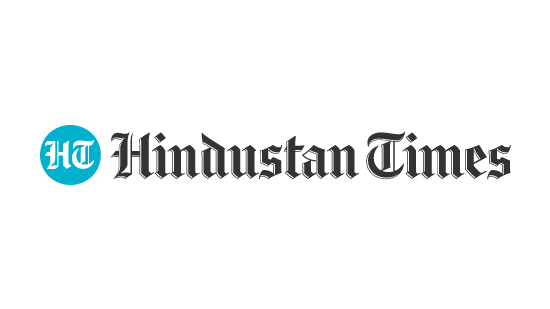Recession in the US, policy options for India
The US economy has perceptibly slowed down and, in all likelihood, is headed for a recession, reports Rajiv Kumar.
Hopes that the impact of the housing loan crisis in the US would be limited have now faded. The crisis has spread to other countries and potential losses of up to half a trillion dollars are estimated. This is big by any standards and has the potential to generate serious negative impact on the global economy.

The US economy has perceptibly slowed down and, in all likelihood, is headed for a recession. This will weaken global economic growth this year and perhaps next year. With a $13 trillion economy (compared to India’s $1 trillion and China’s of $3 trillion) the US accounts for nearly 22 per cent of the world GDP.
When the US stalls, the rest of the world economy splutters. The notion that emerging economies like China and India have decoupled and
could maintain high growth rates despite the US recession is anything but wishful thinking.
The decline in US consumption demand; the negative investors’ sentiment; and the possible flow back of capital to OECD countries in search of safer havens and for building up battered balance sheets will surely impact India’s export and growth prospects.
India’s economic performance is now inextricably linked to global economic growth. This is not surprising as external account transactions (exports and imports of goods and services) account for more than 52 per cent of India’s GDP today.
What then can India’s policy makers do to weaken the negative fallout from a likely US recession?
IMF Managing Director Dominique Strass Kahn, during a recent trip to New Delhi, suggested that countries like India and China should use both monetary and fiscal policy measures to try and generate more domestic demand to compensate for slackening external demand. This will also allow these countries to absorb rising US exports, which will help restore global economic balance by seeing a decline in US trade and current account deficit.
The fiscal option could be relevant for India this year because of the 40 per cent-plus increase in direct tax revenues. This wouid provide the headroom for increasing public infrastructure expenditure and sustain investment demand. But in India there are always many pressures for increasing subsidies and transfer payments and this pressure will be enormous in an election year.
The Finance Minister would do well to resist these pressures and allocate more resources for infrastructure, which have a stronger positive impact on economic growth.
The important issue is whether it is appropriate at this time to adopt a pro-growth monetary policy stance or target the policy to counter inflation. We are an inflation sensitive polity, as most clearly reflected in the Prime Minister’s recent speech. In the election year the pressures to keep prices in check will be as strong if not stronger as those on increasing subsidies. Sustaining growth may look a bit esoteric to the common voter or political worker.
But clearly policy makers know better and realise that a precipitous decline in growth rates can create its own serious problems. Given the need to sustain export growth in a slackening external environment, the most important policy measure would be to prevent further rupee appreciation and in fact to try and bring it down to below forty to a dollar.
A cut in interest rates will help reduce the upward pressure on the rupee by hopefully moderating inward capital flows.This can be done in a calibrated manner with a 25 basis point reduction to be followed by another, if inflation remains subdued. The Indian economy has to be taken through the coming global slowdown while sustaining its growth momentum. This will call for careful policy shepherding and I think we are up to it.
The writer is Director of Indian Council for Research in International Economic Relations and a member of National Security Advisory Board
Stay informed on Business News, TCS Q4 Results Live along with Gold Rates Today, India News and other related updates on Hindustan Times Website and APPs



